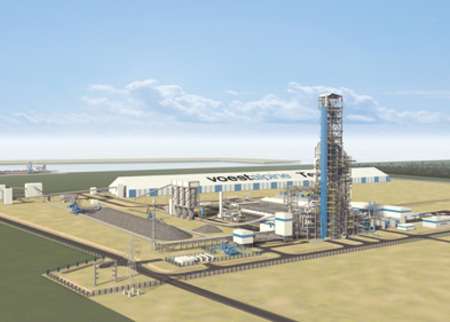voestalpine is investing around EUR 550 million in the new direct reduction plant in Texas. When fully operational the plant, with around 150 employees, will produce 2 million tons of highest quality HBI, a pre-material for steel production. Therefore it is all the more pleasing that, only two months after announcing this, the Group’s largest foreign investment to date, it has been possible to sign a memorandum of understanding with the first customer, AHMSA, concerning a long-term delivery partnership. “We are delighted with this successful entry into the market and the quick agreement with the AHMSA Group. In so doing, we have achieved an important step in establishing a successful and sustainable business relationship,” said Wolfgang Eder, Chairman of the Management Board of voestalpine AG. The Mexican steel manufacturer, based in Monclóva, near Monterrey, profits from the geographical proximity, and the high quality material is ideal for use in the electric arc furnace, newly installed as part of its major Fénix investment project.
Over the course of several joint meetings, AHMSA showed significant interest in the HBI produced by voestalpine. With the memorandum of understanding now signed, the Mexican steel company is securing long-term access to high quality pre-materials for its mill in Monclóva. The company has recently increased its existing crude steel capacities by around 40%. This allows the voestalpine Group, which itself will require around half of the plant’s output for its own locations in Europe, to guarantee stable demand for a very substantial part of the remaining half, even before construction of the plant has begun. Deliveries are due to begin directly after the planned start of operations at the plant at the beginning of 2016.
Working with pre-concentrated iron ore (iron ore pellets), the direct reduction plant will produce high quality DRI/HBI (“sponge iron”) of a quality comparable to the highest quality scrap or pig iron and therefore an excellent pre-material for the manufacture of crude steel. In contrast to using pure coke-based blast furnaces, the planned direct reduction plant will exclusively use the much more environmentally-friendly natural gas as the reducing agent.

